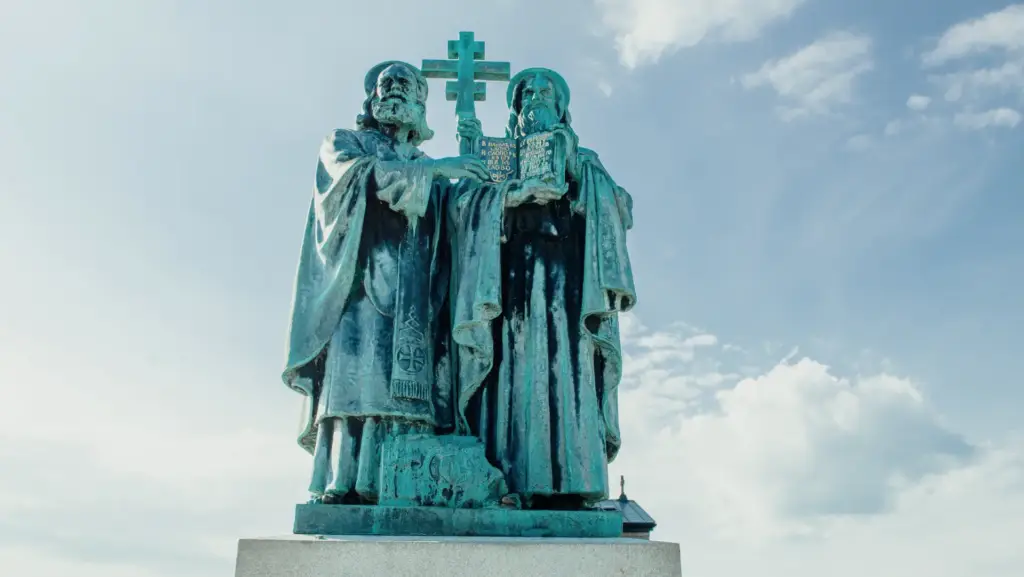Radhošť
1129 m. n. m.
Radhošť is the most famous mountain in the Beskydy Protected Landscape Area. Standing at 1,129 meters, it offers stunning views of the entire Beskydy region, Valašsko, the Jeseníky Mountains, and both the Malá and Velká Fatra ranges.
Tip for an Outing
How to get to Radhošť?
For a family-friendly trip, we recommend accessing Radhošť from Pustevny, where a cable car runs from Trojanovice. From there, a blue-marked ridge trail heads west, passing the Radegast peak and the statue of Radegast before reaching the summit (4 km). Alternatively, the most rewarding hike starts from Rožnov pod Radhoštěm, following the red trail (7 km with an elevation gain of about 800 meters).
From the Legends of Radhošť
Radhošť is often associated with the worship of the pagan god of hospitality, fertility, and harvest, Radegast. According to legend, this god of the sun, war, and victory once resided on this sacred mountain, where people from afar would bring him offerings.
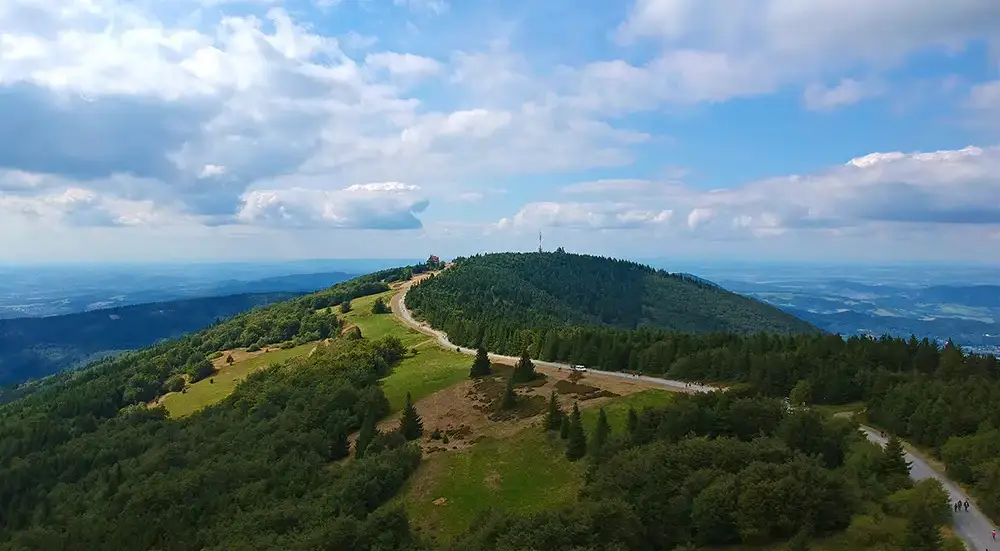
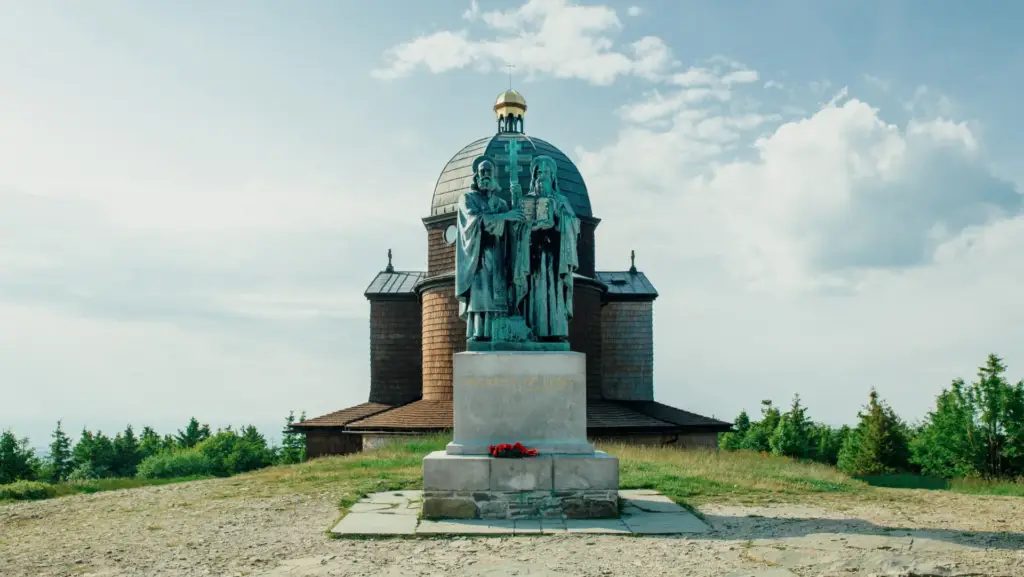
Cyril a Metoděj
In late spring, the ancient Slavs celebrated the summer solstice on Radhošť. Bonfires lit up the nights as people danced and sang. Pagan traditions persisted even into Christian times, despite the legend that Saints Cyril and Methodius supposedly tore down the idol of Radegast and erected a cross in its place. According to lore, Radegast was saved by pagan priests and hidden underground.
Cave
The mountain massif is interwoven with pseudo-karst sandstone caves, stretching up to several hundred meters in length.
According to another legend, at the beginning of the century, these caves were so spacious that a horse-drawn cart could travel from Pustevny to Radhošť through them. Numerous rock fissures and underground caves also inspired tales of supernatural beings. The most famous of these is the Volařka fissure cave, located on the slope of the ridge about 200 meters south of the summit, near the path to Rožnov pod Radhoštěm. This vertical pit is 2 meters wide and 3 meters deep.
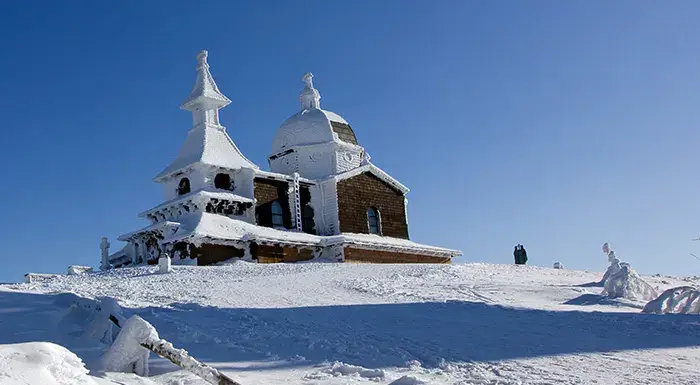
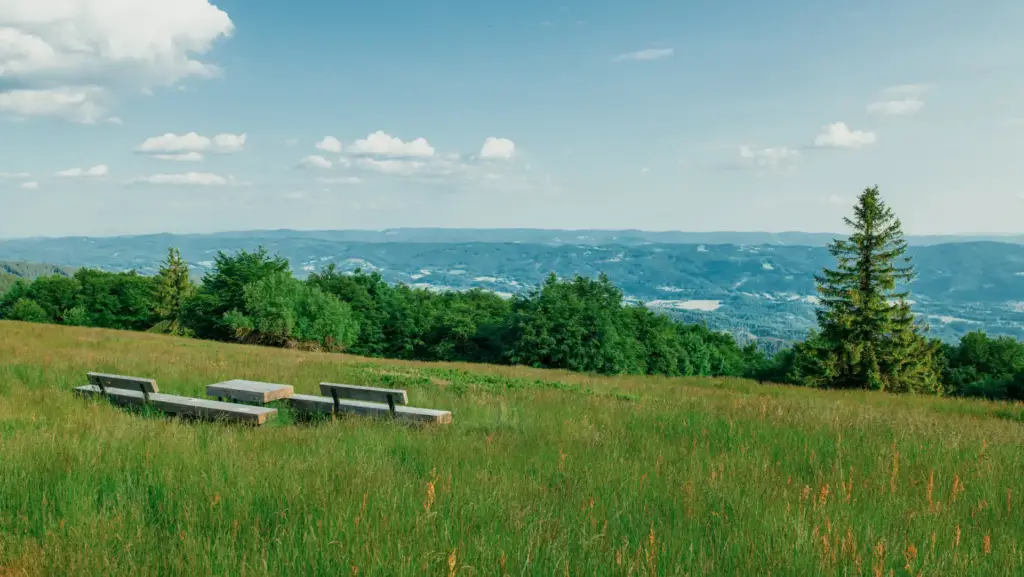
Present Day
At the summit of Radhošť stands a cross from 1805, the Chapel of Saints Cyril and Methodius built between 1896–1898, a statue of the two missionaries by sculptor Albín Polášek from 1931, and a television transmitter. The chapel is the highest-altitude church in the Czech Republic. Inside, there is a bronze plaque commemorating the visit of President T. G. Masaryk to this site on June 23, 1928.
Pilgrimages
Since the 1960s, Cyril and Methodius pilgrimages have been held on Radhošť each year (July 5-6) to celebrate the arrival of Saints Cyril and Methodius. These gatherings attract several thousand participants.
Radhošť was declared a national nature reserve in 1955.
